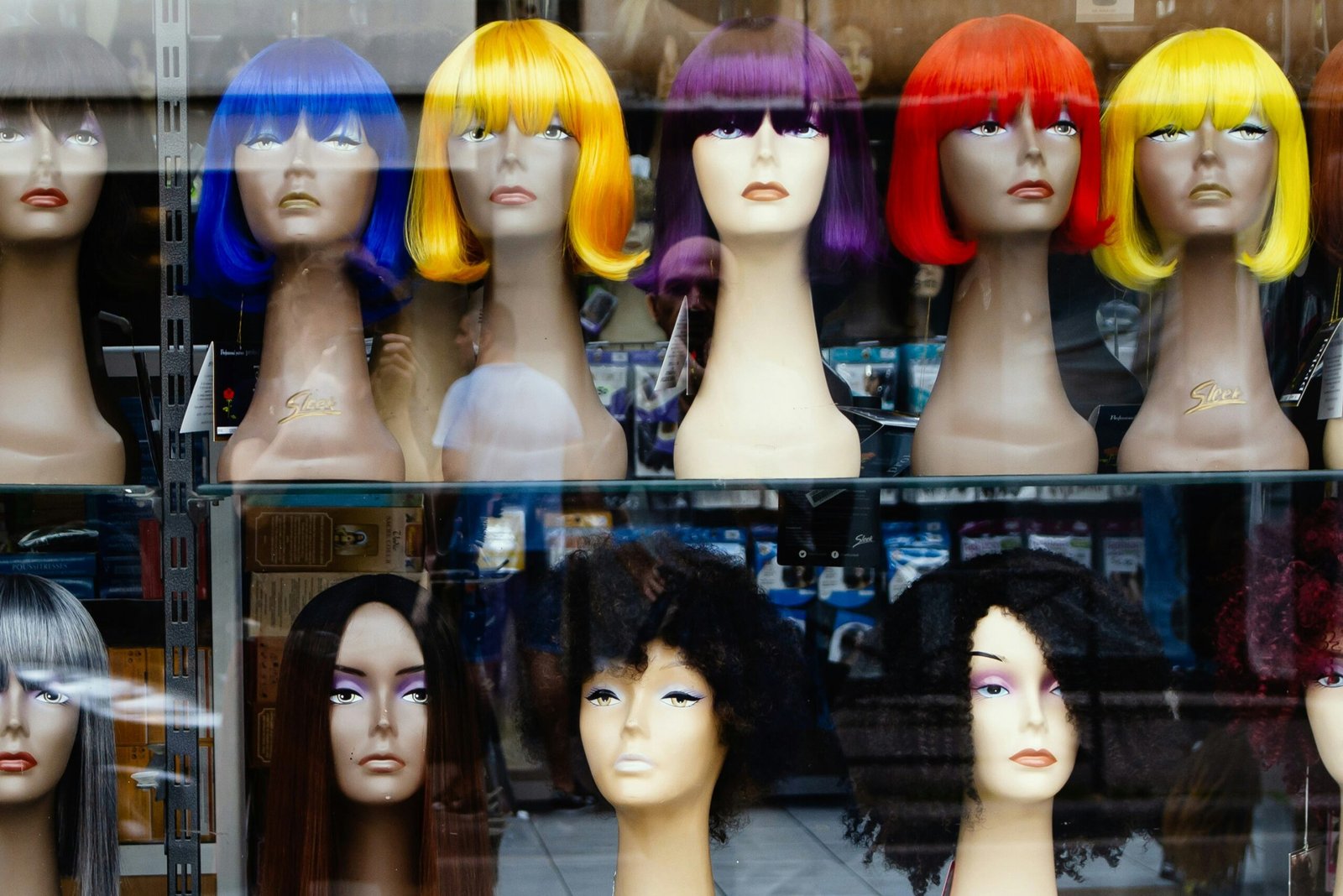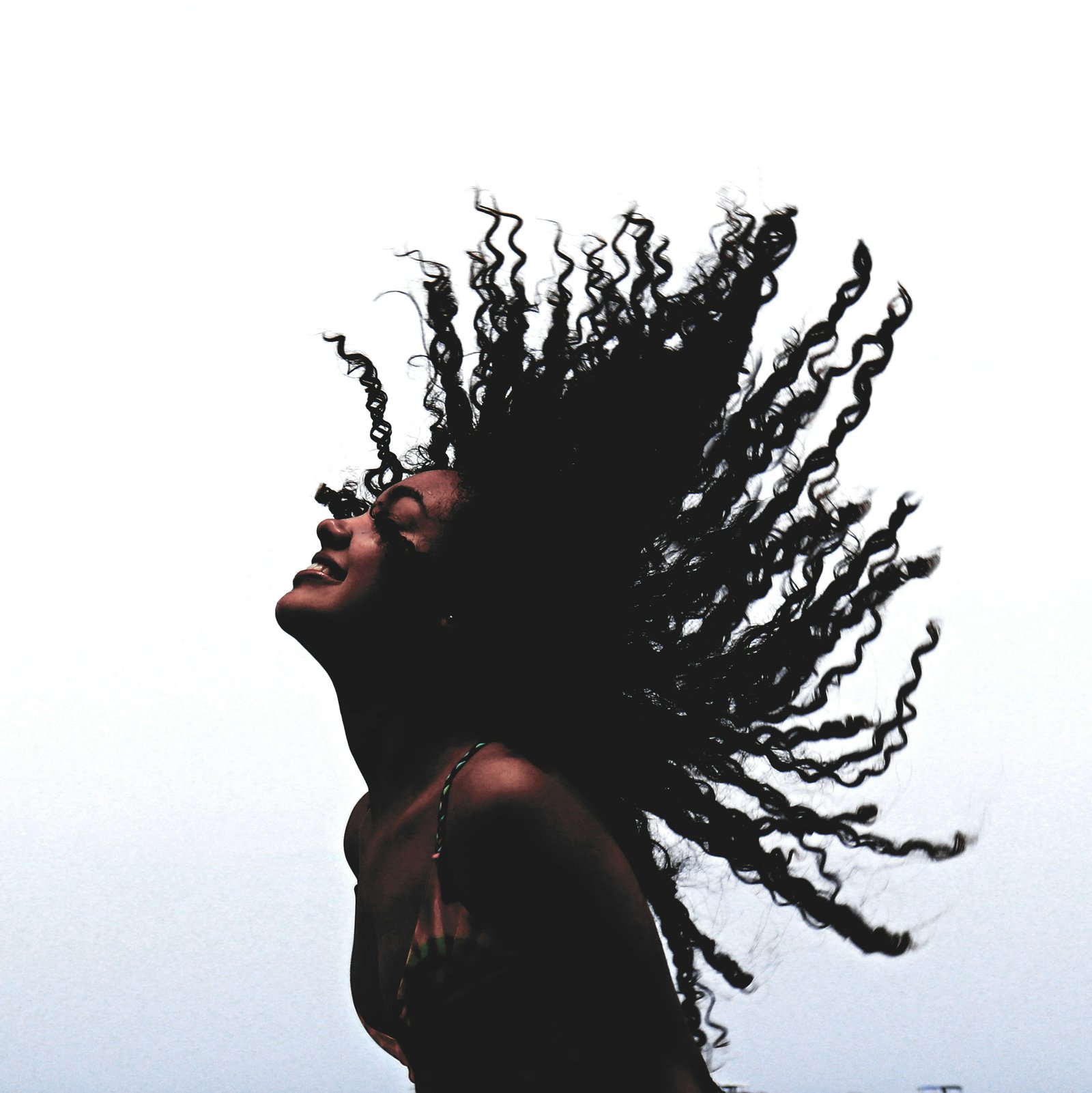Bob lace front wigs made from human hair have gained immense popularity in recent years, and for good reason. These wigs are crafted with precision and attention to detail, ensuring that they mimic the look and feel of natural hair. The lace front construction allows for a seamless hairline, making it difficult to distinguish the […]

The Ultimate Guide to Choosing the Perfect Wig Are you in search of the perfect wig to enhance your style and boost your confidence? Look no further! In this comprehensive guide, we will walk you through everything you need to know about wigs, from different types and styles to care and maintenance. Whether you are […]

How to Promote Hair Growth for African American Women African American hair is unique and requires special care to promote healthy growth. If you’re an African American woman looking to grow your hair in 2024, there are several steps you can take to encourage hair growth and maintain its health. In this blog post, we […]
Meta-Description: Découvrez comment créer un masque capillaire spécialement conçu pour les cheveux afro grâce à ce guide complet. Découvrez des remèdes efficaces et naturels pour nourrir et entretenir vos magnifiques boucles. Préparez-vous à arborer des cheveux plus sains et plus éclatants ! Introduction Bienvenue dans notre guide complet sur la création d’un masque capillaire spécialement […]
Meta-Description: Learn how to create a hair mask for oily hair with this comprehensive guide. Discover effective DIY recipes and expert tips to combat excess oil and achieve healthy, luscious locks. Get ready to bid farewell to greasy hair! Introduction Welcome to the ultimate guide on creating a hair mask specifically tailored for oily hair. […]
Meta-Description: Apprenez comment créer un masque capillaire spécialement adapté aux cheveux gras grâce à ce guide complet. Découvrez des recettes de masques capillaires DIY efficaces et des astuces d’experts pour lutter contre l’excès de sébum et obtenir des cheveux sains et luxuriants. Dites adieu aux cheveux gras ! Introduction Bienvenue dans le guide ultime sur […]
Meta Description: Learn how to create a twist-out to embrace your natural curls beautifully. This comprehensive guide covers everything from preparing your hair to styling, maintaining, and rocking a stunning twist-out. Discover the secrets to flawless twist-out with expert tips and step-by-step instructions. Introduction Welcome to the ultimate guide on how to create a twist-out, […]
Meta Description: This comprehensive step-by-step guide teaches how to create an Afro braid like a pro. From preparing your hair to the final style, we cover everything you need to know to achieve stunning Afro braids. Get expert tips, detailed instructions, and answers to frequently asked questions in this ultimate guide. Introduction: Afro braids, also […]
Meta-description: Apprenez à créer une tresse Afro comme un professionnel grâce à ce guide complet étape par étape. De la préparation de vos cheveux au style final, nous couvrons tout ce que vous devez savoir pour obtenir de superbes tresses Afro. Découvrez des conseils d’experts, des instructions détaillées et les réponses aux questions fréquemment posées […]
Meta Description: Learn how to create a curly blowout like a pro with this step-by-step guide. Master the art of hairstyling and achieve fabulous, bouncy curls effortlessly. Follow our expert tips and techniques for a salon-quality result at home. Introduction Welcome to our comprehensive guide on how to create a curly blowout that will make […]



